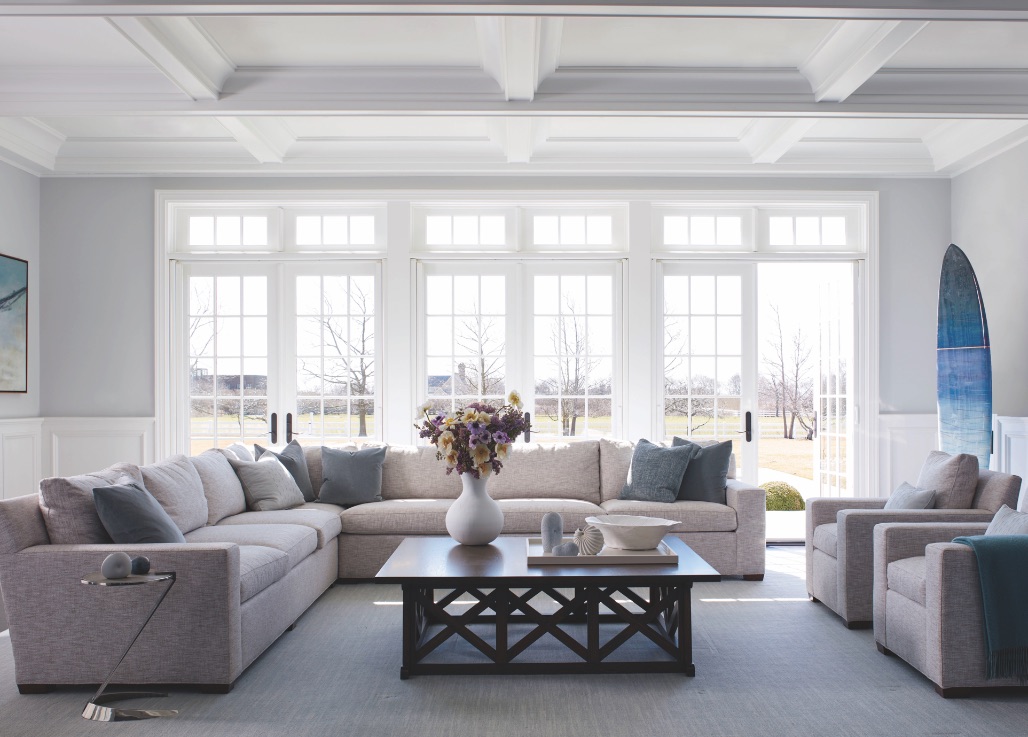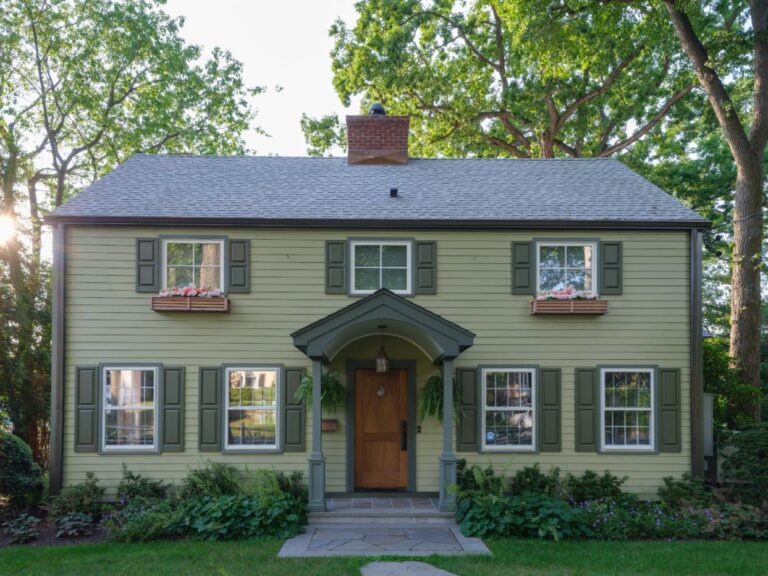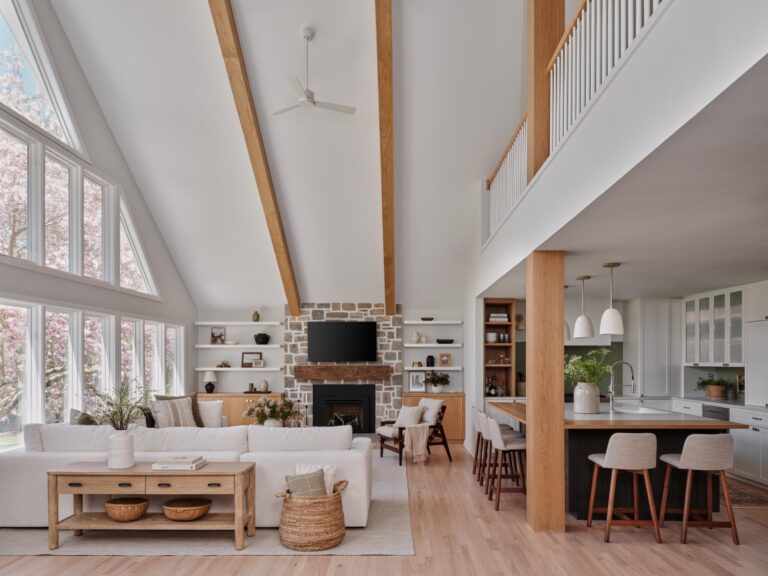For more than two decades, interior designer Elissa Grayer has been creating elegant, functional and calming spaces for families.
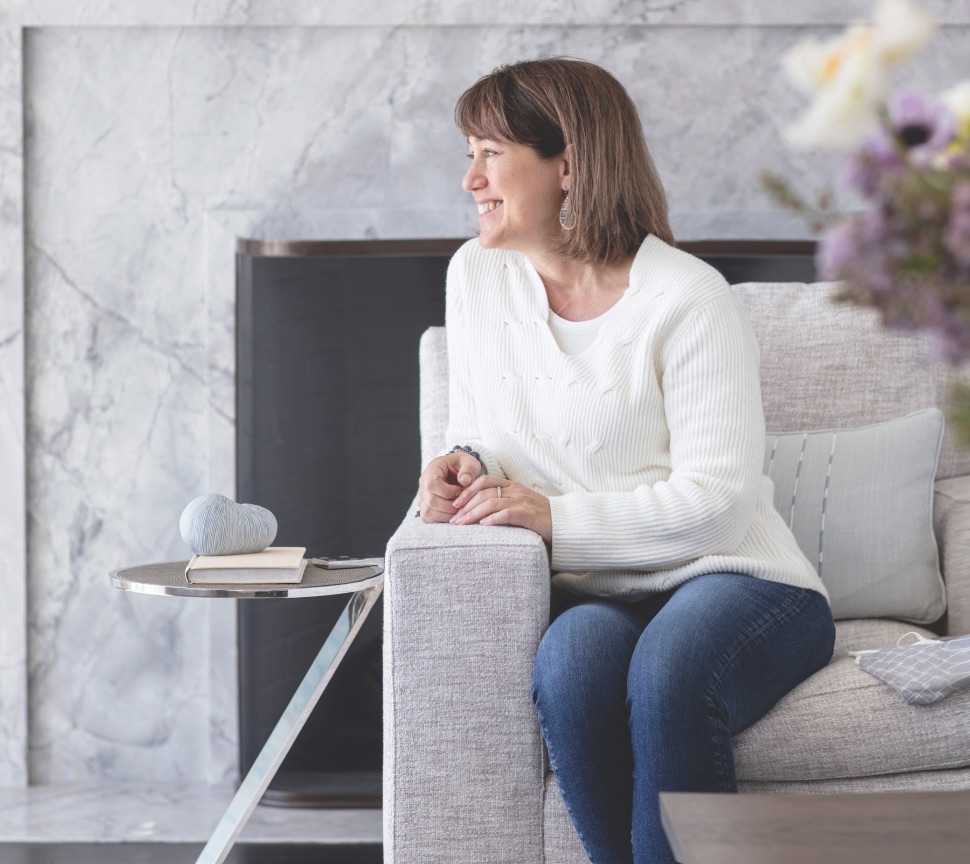
With three master’s degrees in education, Elissa Grayer thought she might have found a career in teaching and designing charter schools. But after tackling two home renovation projects on Manhattan’s Upper West Side, she became intrigued by the idea of going into business for herself as an interior designer. “The first one I did was for me and my family, and the second was for my ex-husband, creating an apartment for him and our two girls and combining two apartments,” says Grayer. Soon, an electrician who helped her on a project asked her to work on a renovation for him and, “it sort of morphed into having clients, then going to Parsons School of Design, and I’ve been chugging along ever since,” says the Rye, NY-based designer.
For the past 20 years she has been the owner of Elissa Grayer Interior Design, becoming an in-demand designer—particularly for young families moving from New York City to their first suburban home—with what she calls a “very clean, simple and symmetrical approach to designing rooms.” Her work has won her accolades, including an award for New York Metro Excellence in Bedroom Design in 2019 from the American Society of Interior Designers, and made her a top choice for luxury new construction and renovations in Westchester County and the Hamptons.
Grayer still gets excited by the prospect of transforming a home and all that it entails. “Interior design combines different ele- ments,” she says. “There is the problem solving in figuring out spaces, the beautiful tactile work with material, colors and textures, and the furniture and artwork. Then, there’s the person- ality side of it. I was a psychology major at Amherst College and I love the interaction with clients, vendors, workrooms and my team. It uses all sides of your brain and I love being able to control my own time and make my own money.”
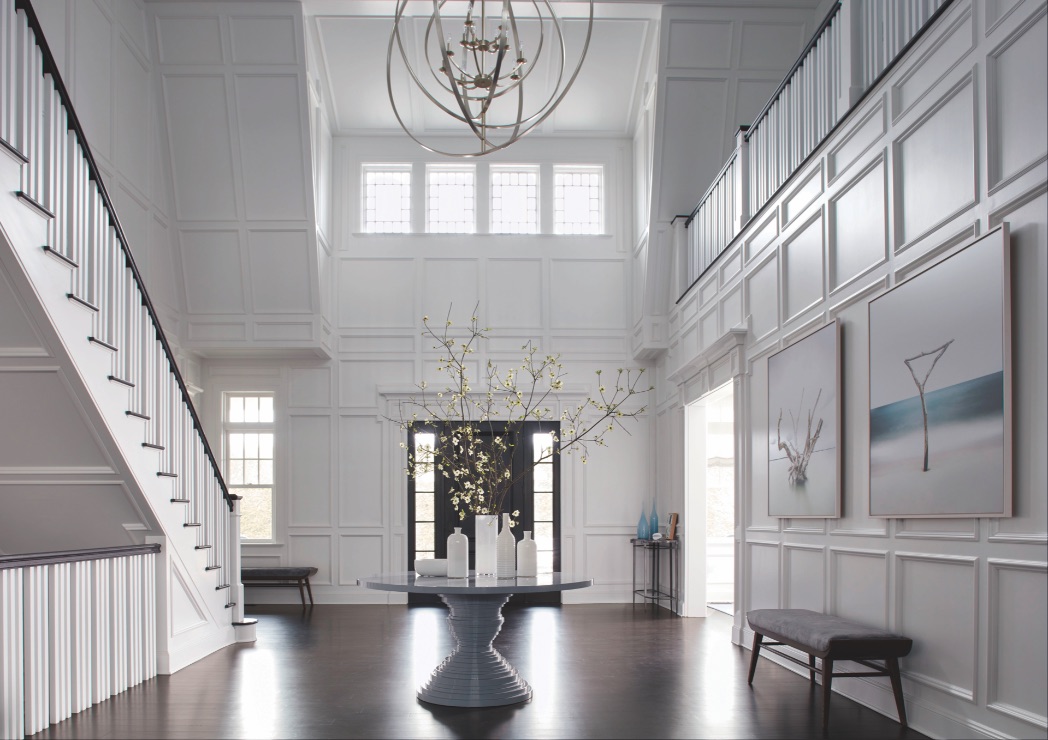
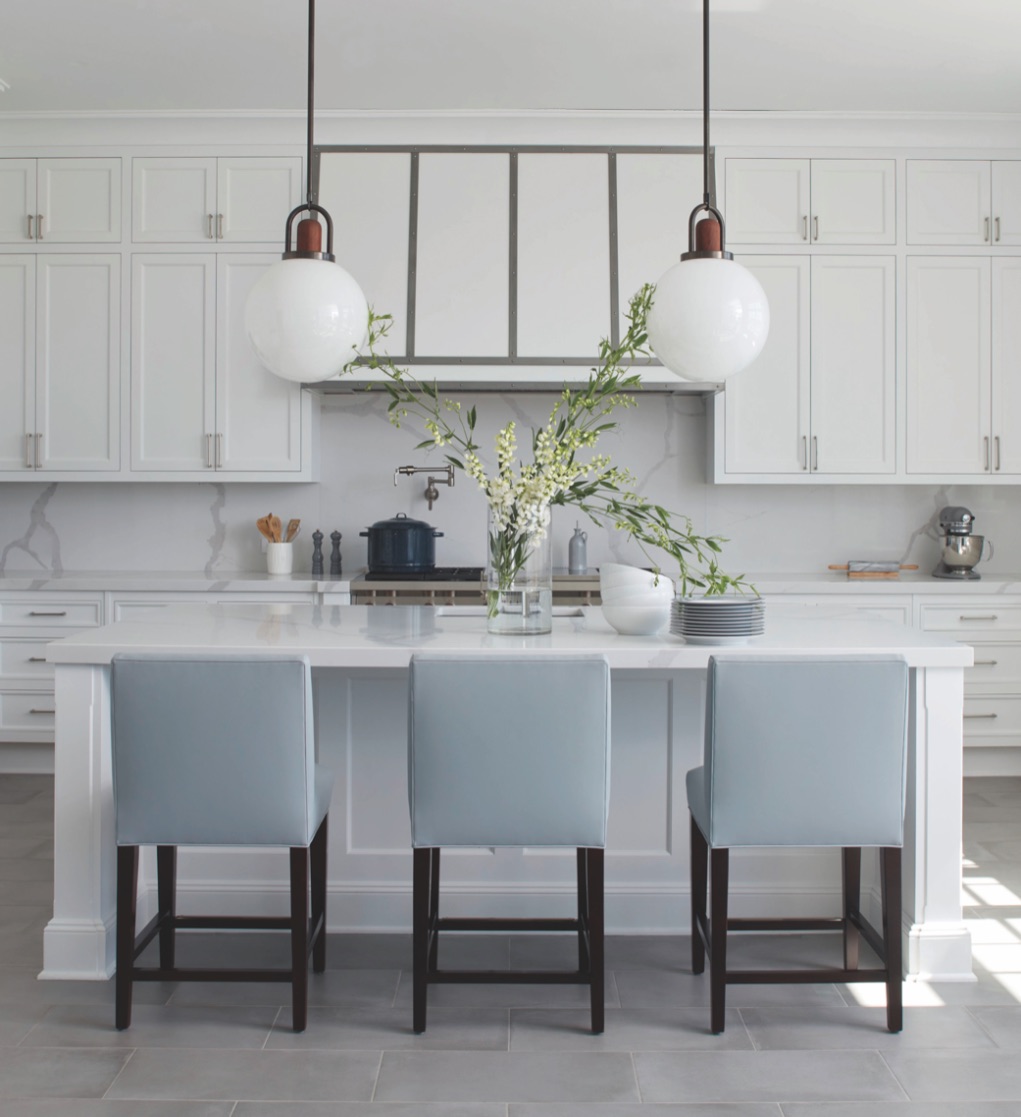
When Grayer looks back on how the industry has changed, she says the business side has become more transparent and open among her peers. “When I started, no one talked about what they were charging,” she says, explaining that going to design shows and listening to designers talk about their business—and taking lots of notes—was the only way to get information. “It was a closed, secretive industry.” Now that information is more prevelant online, Grayer can download contracts and workflows, and fellow designers are sharing best practices and rates.
On the creative side, “the resources have just exploded. Places like Etsy and the Internet in general have made so many different vendors and makers of products available that we didn’t know about.” Grayer finds herself scrolling through auction and resale websites and bringing in vintage pieces.
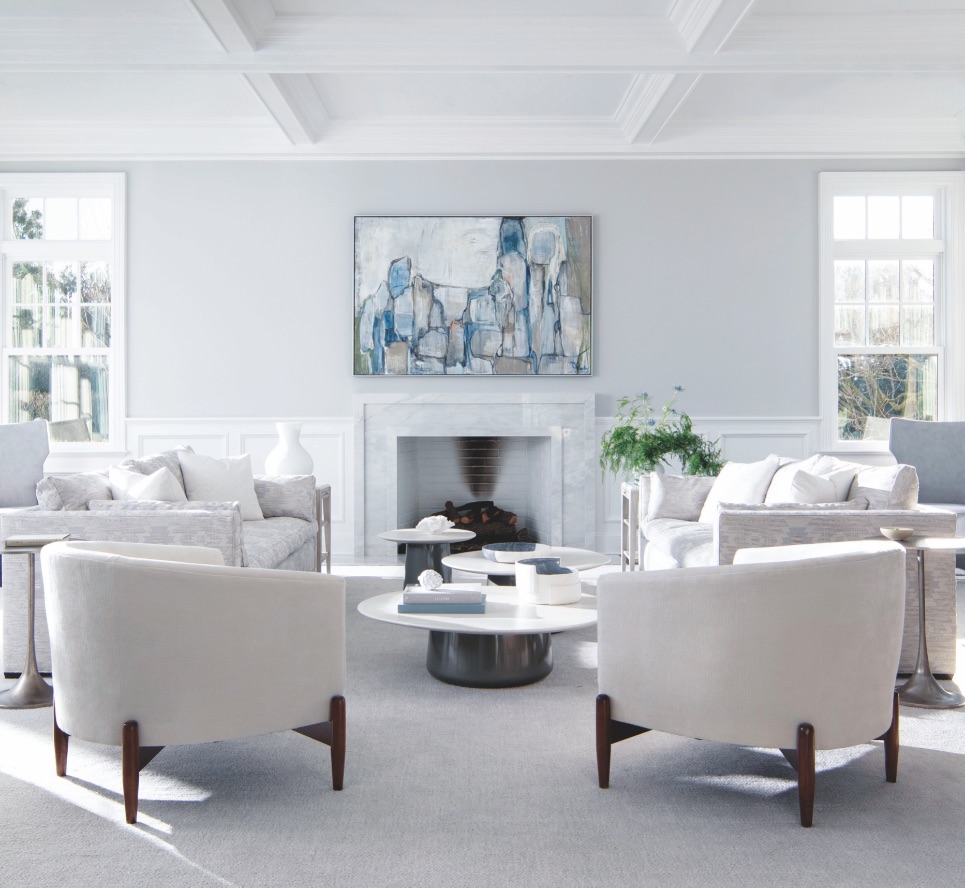
As for her own aesthetic, Grayer adopts the less-is-more approach and knows exactly what she prefers. “You won’t find 20 different patterns and bright, bright colors and flouncy trims in my rooms, unless the client is committed to that,” she says. “I work with the clients, but I put it together the way I think works best.”
Grayer is also passionate about giving back her time and money, often in the same areas where her work is known. She donates to Big Brothers/Big Sisters in northern Westchester County and Kips Bay in Manhattan, and she says she is doing a show house for the Ronald McDonald House in Valhalla, NY, to redo their spaces. “I’m also a fan of the Furniture Sharehouse in Westchester County, which takes donated furniture and gives it to people coming out of social service situations, whether they were in prison or battered women and they are trying to start in a new home,” says Grayer. “Anything that’s helping to change people’s lives.”

